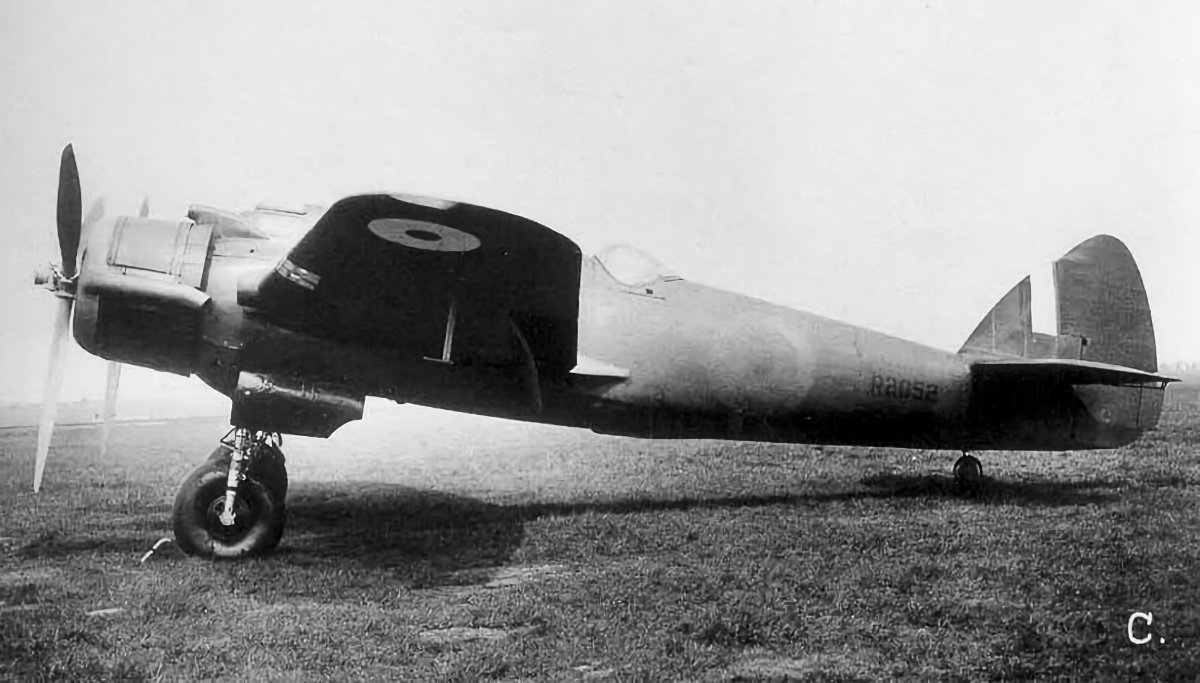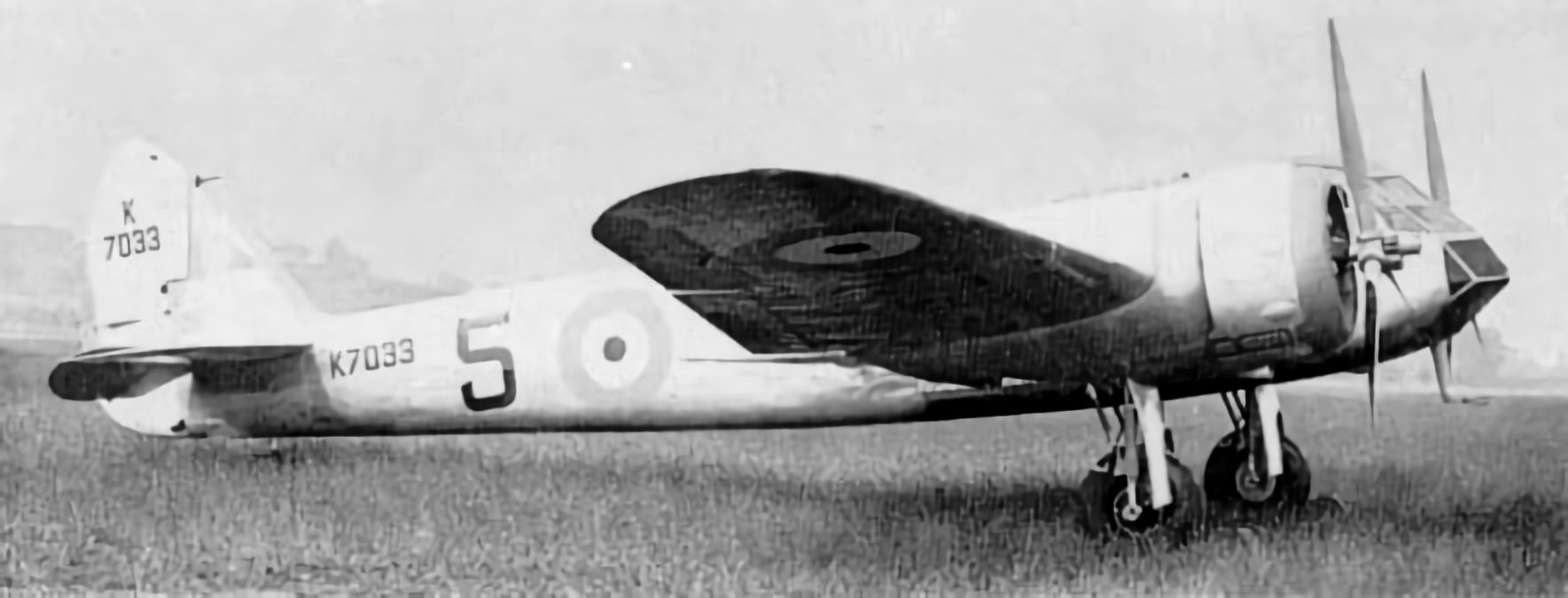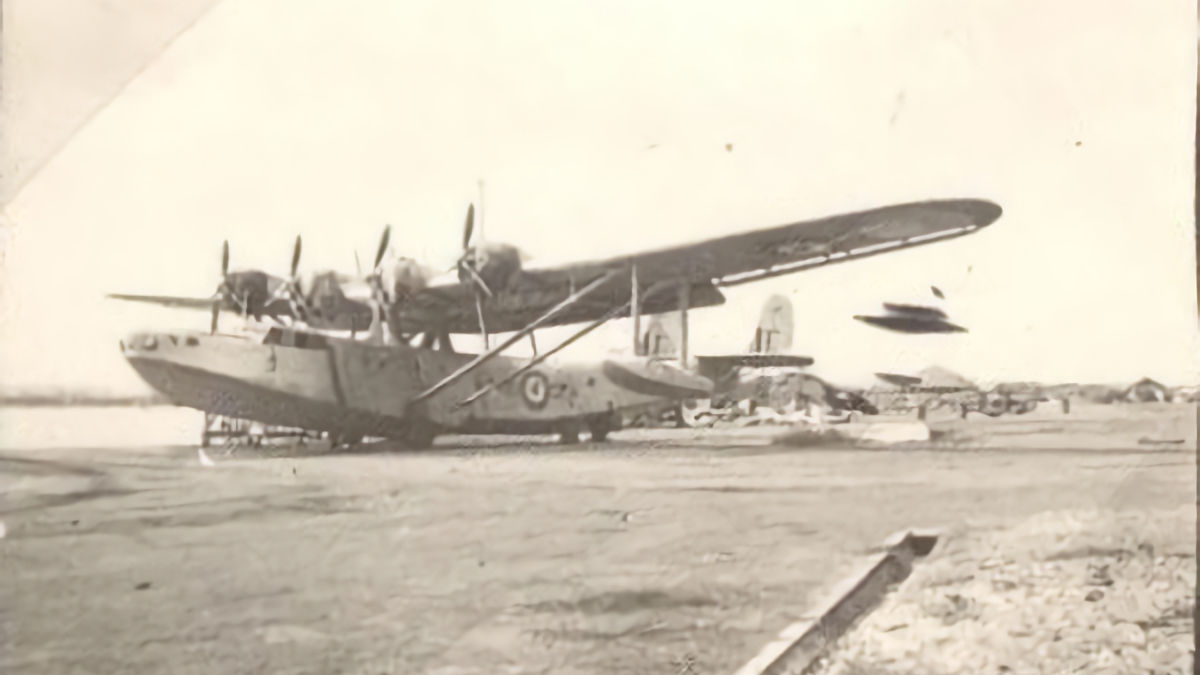Tag: aeroplane
-
Bristol Beaufighter Prototypes

Bristol Beaufighter Prototypes Originally designed as a heavy fighter version of the Bristol Beaufort torpedo bomber, the Beaufighter developed into a multi-role aircraft. Its large size enabled it to carry early AI radar sets along with a heavy armament of four 20mm cannon and six .303 machine guns, making it an effective night fighter. Later… Read more
-
Bristol Blenheim Prototypes

Bristol Blenheim Prototypes The Bristol Blenheim was a light bomber, developed for the Royal Air Force from the Bristol Type 142 civil airliner in the mid 1930s. The Blenheim Mk.I entered service with the RAF in 1937 and was used extensively during the first two years of the Second World War. The Mk.I was replaced… Read more
